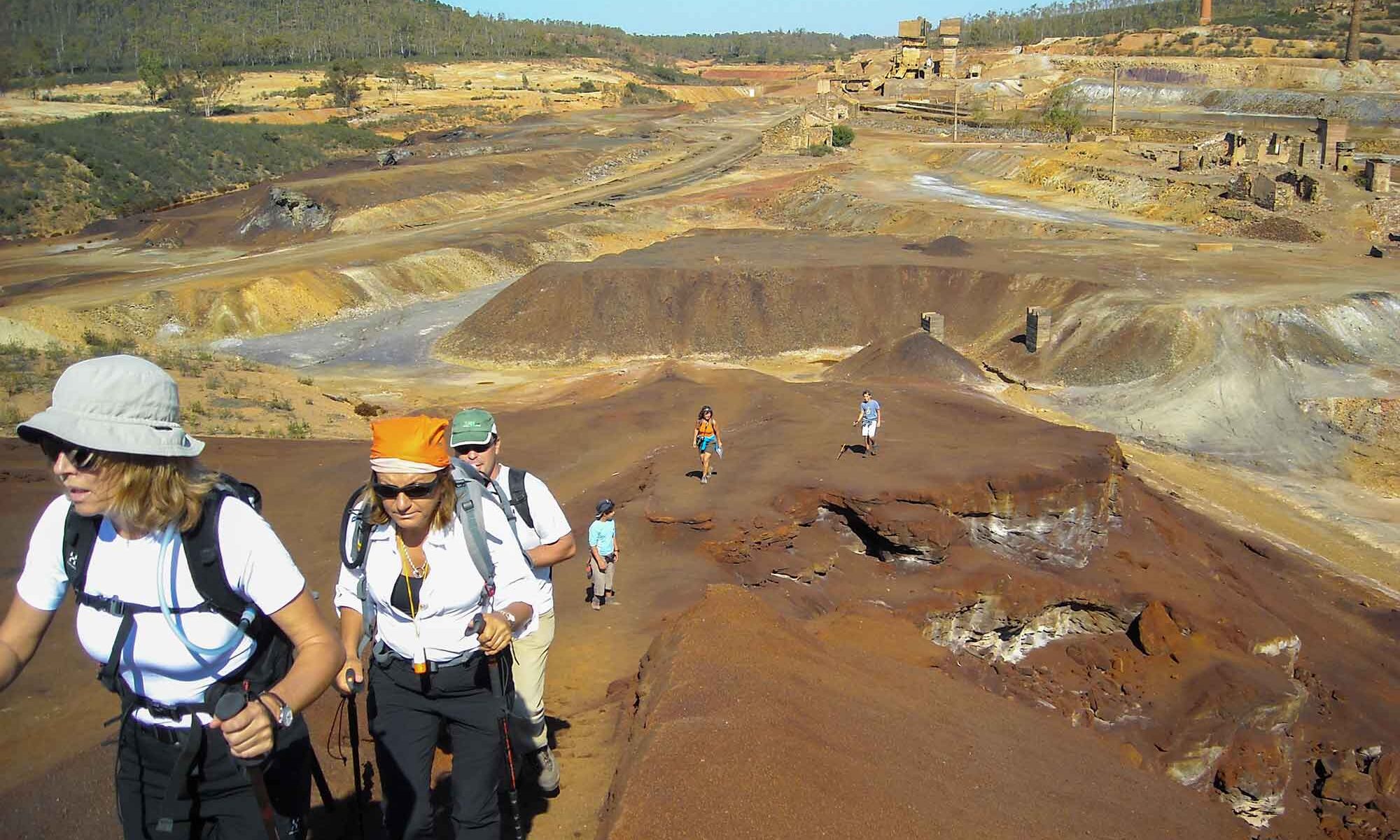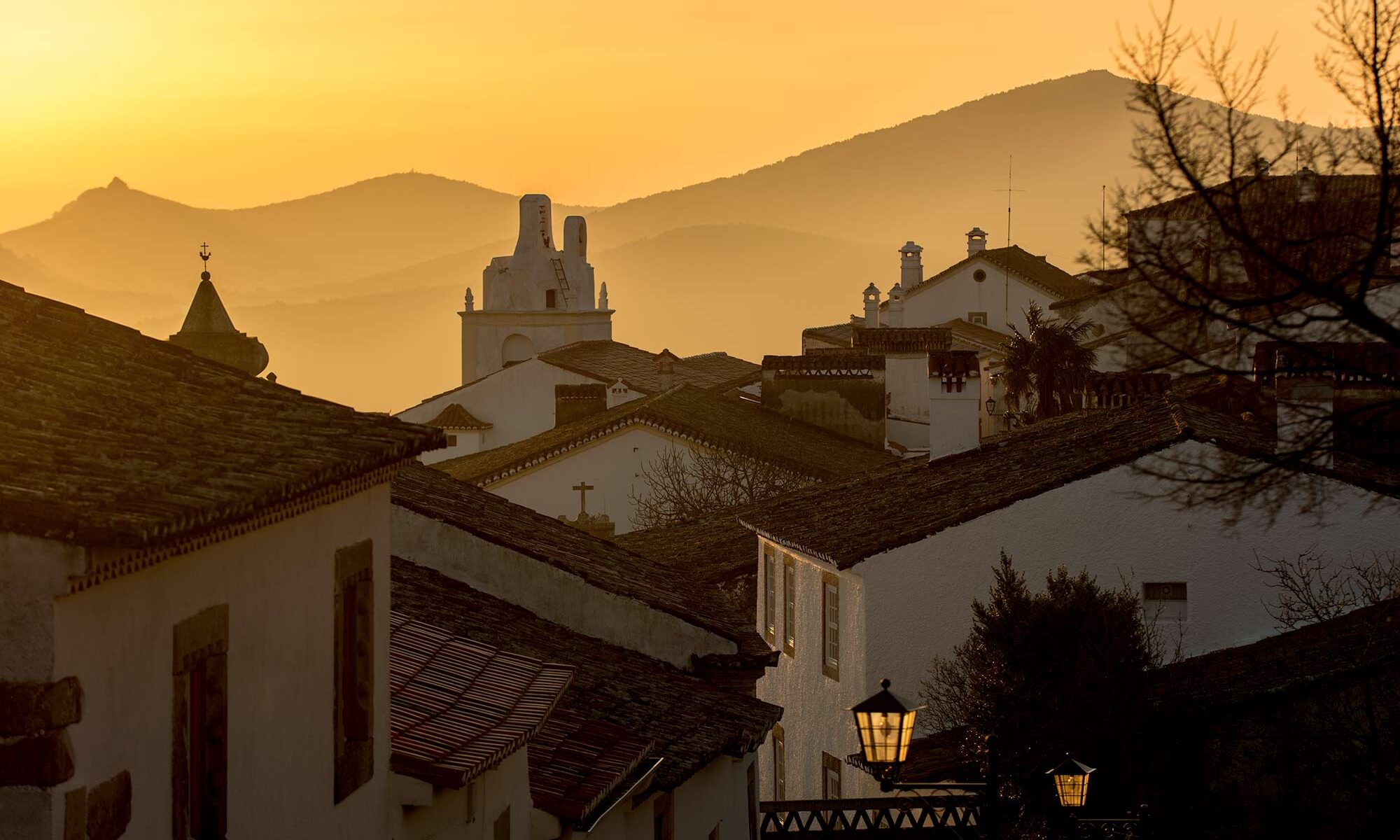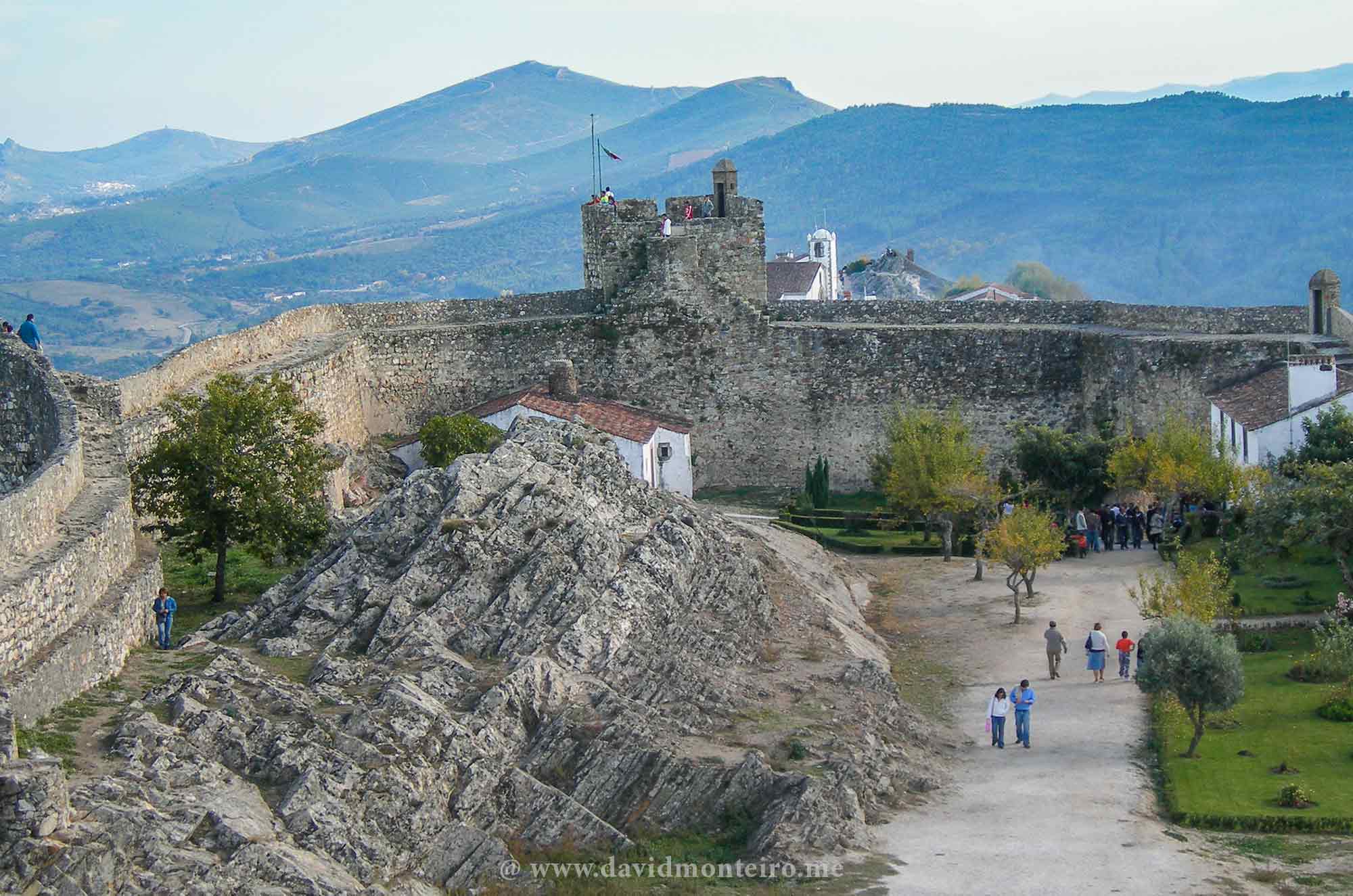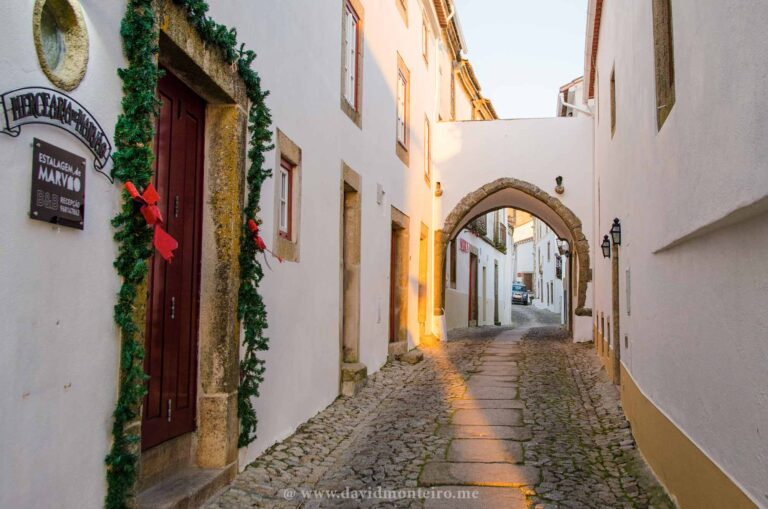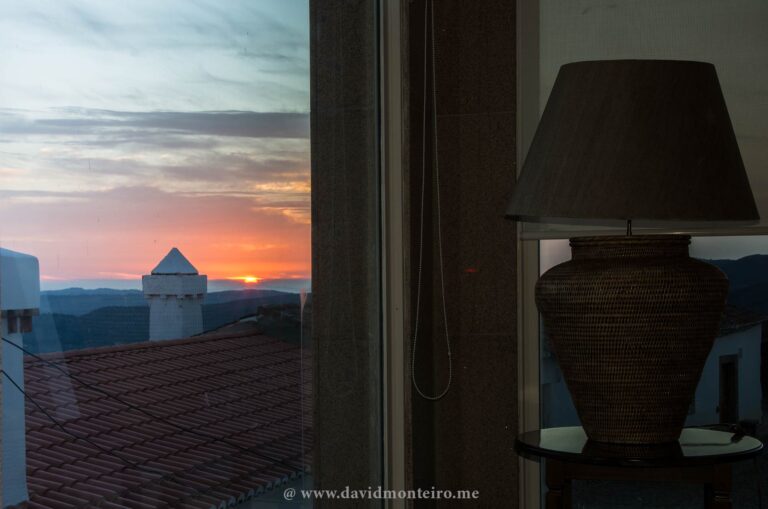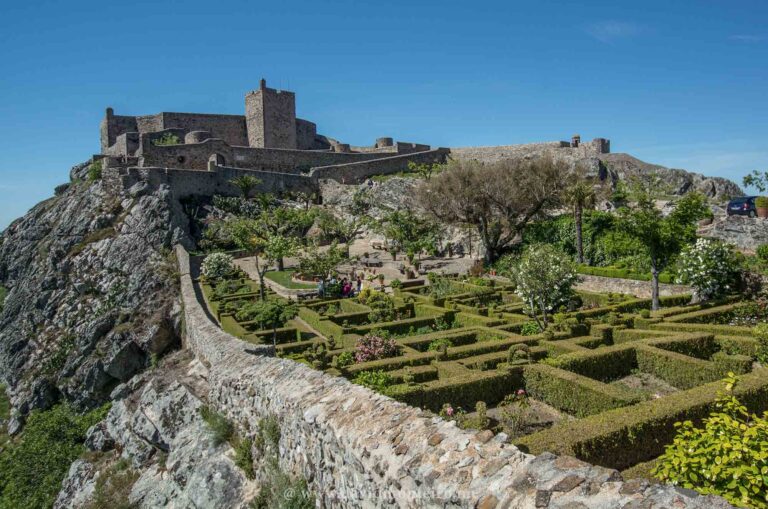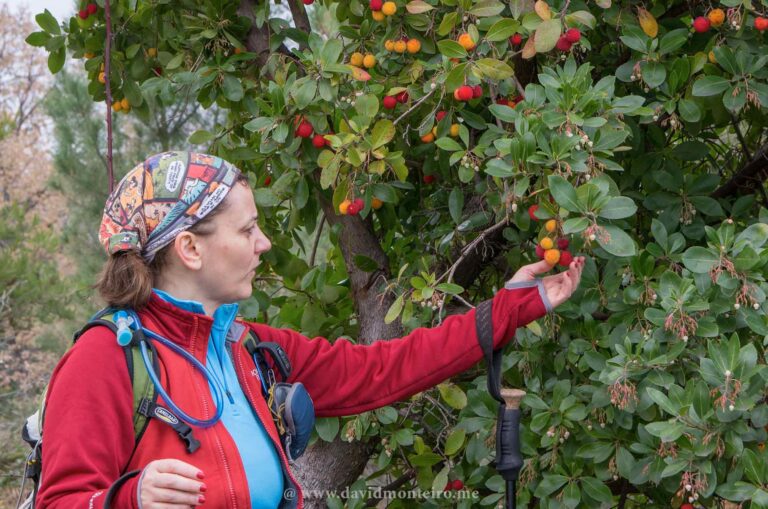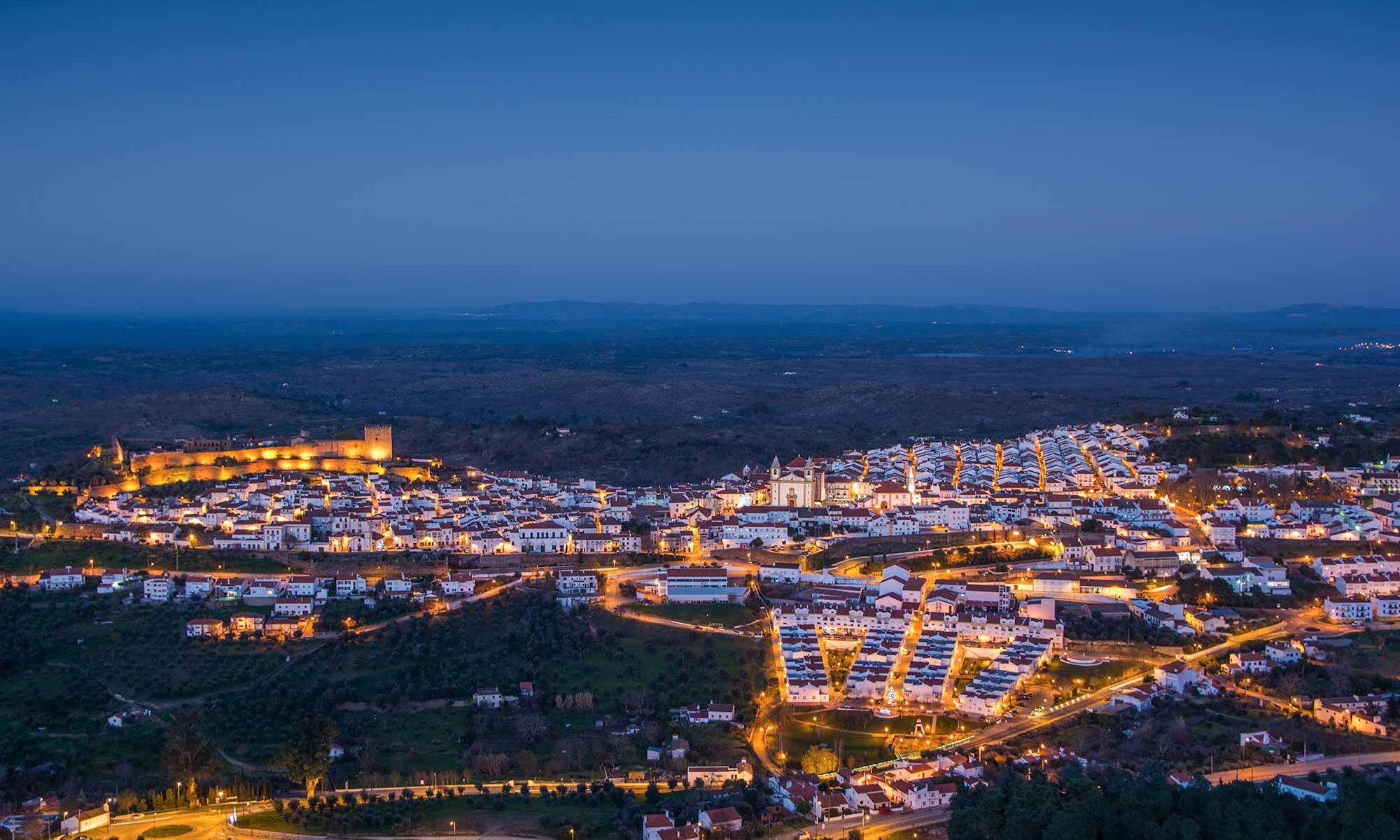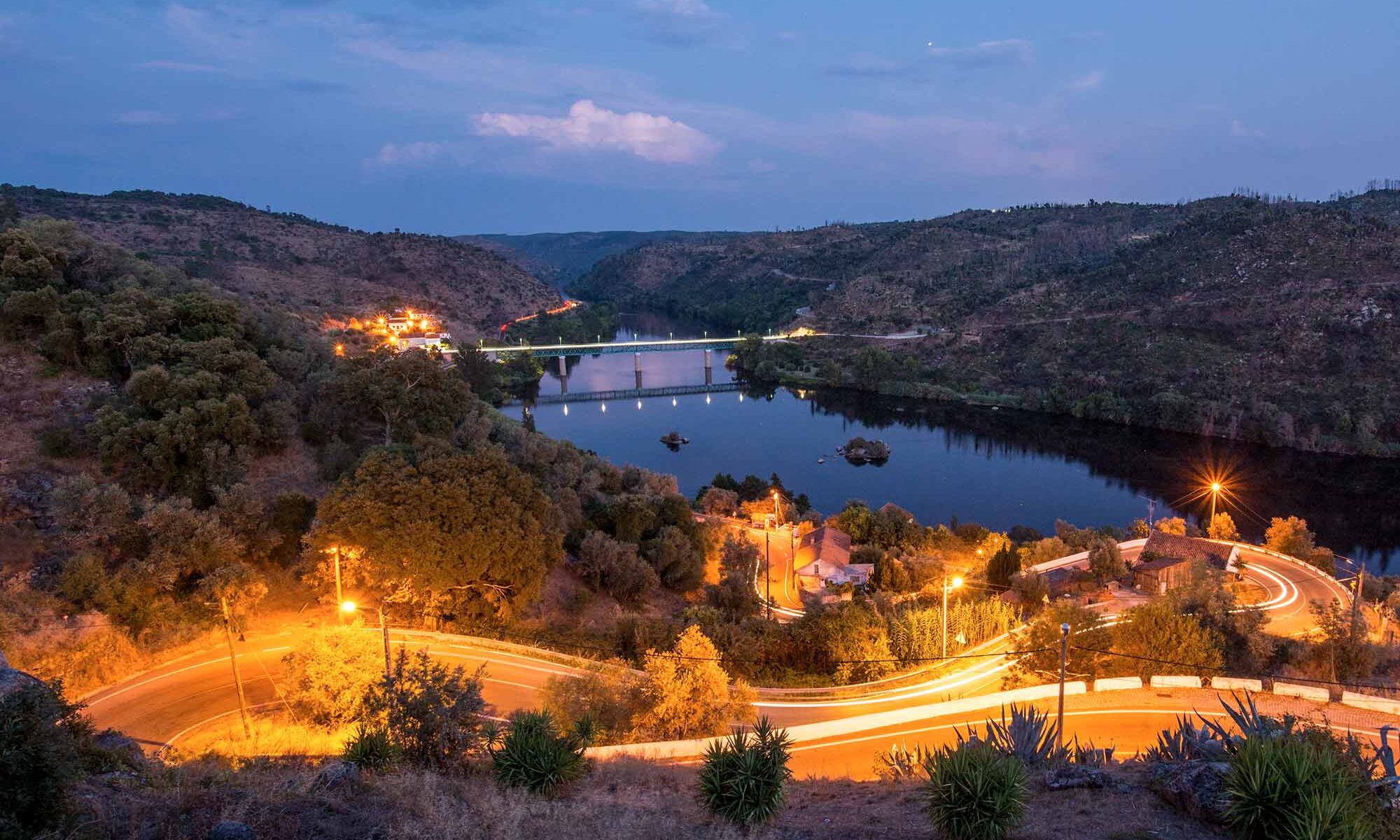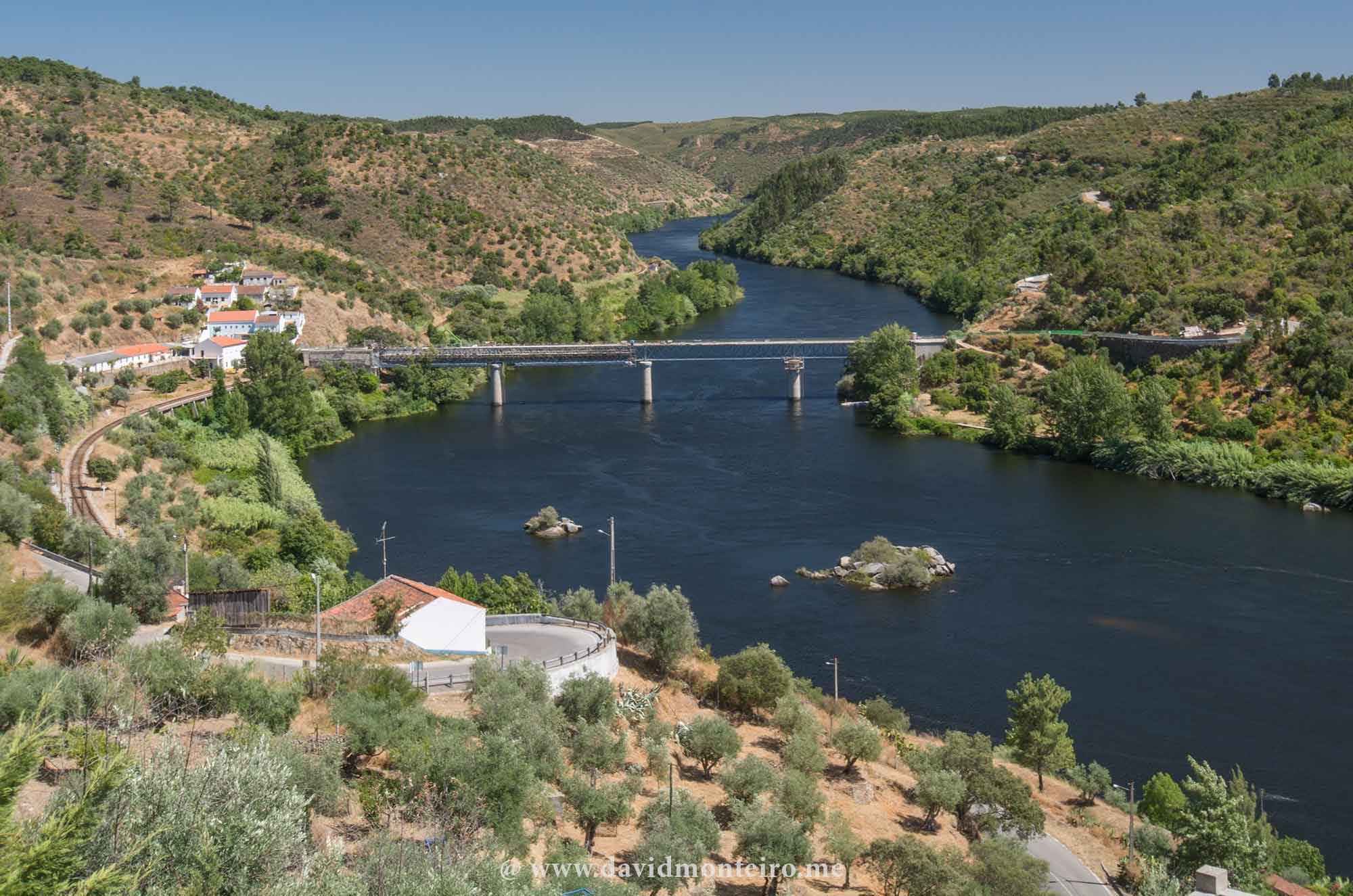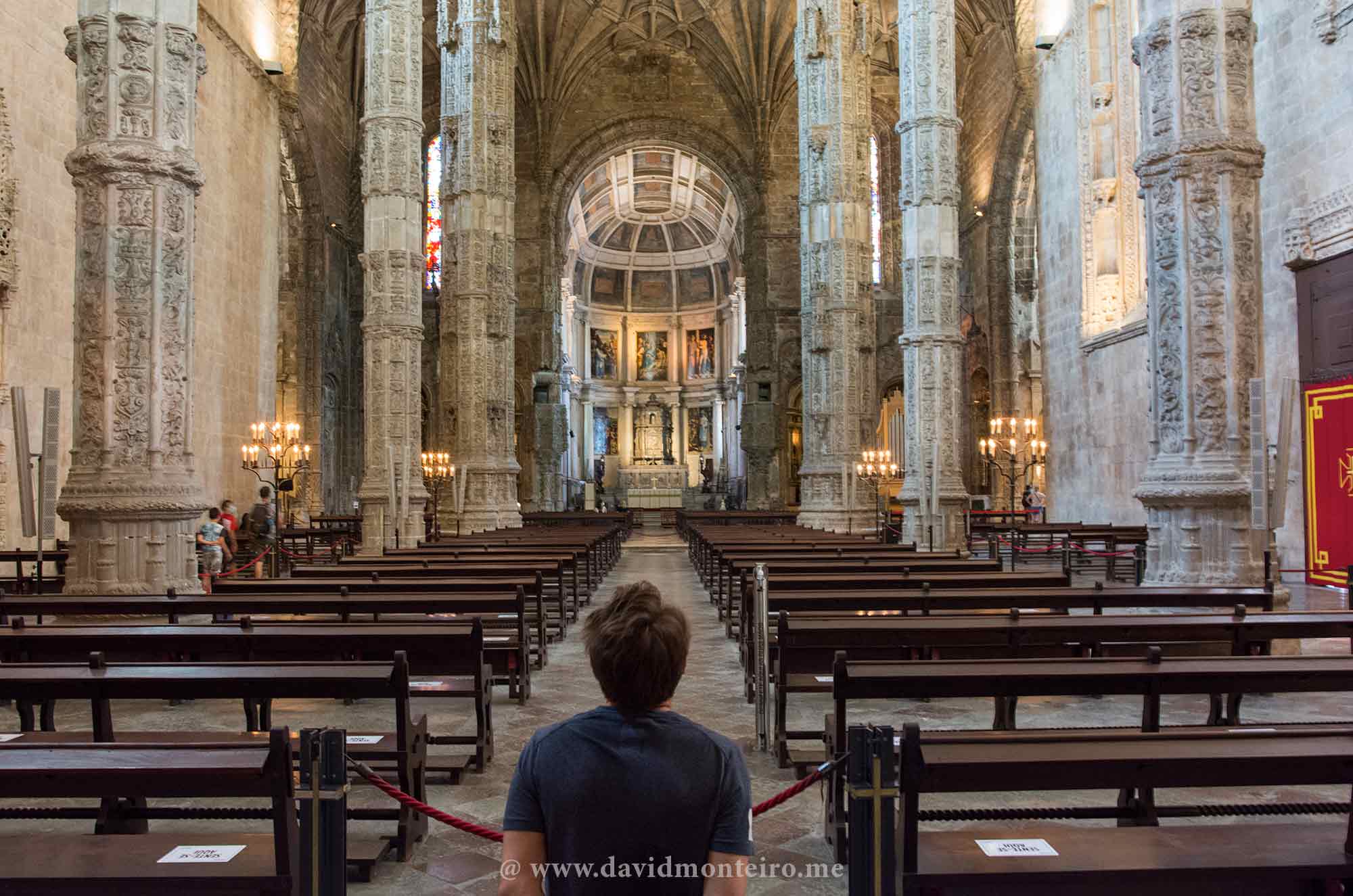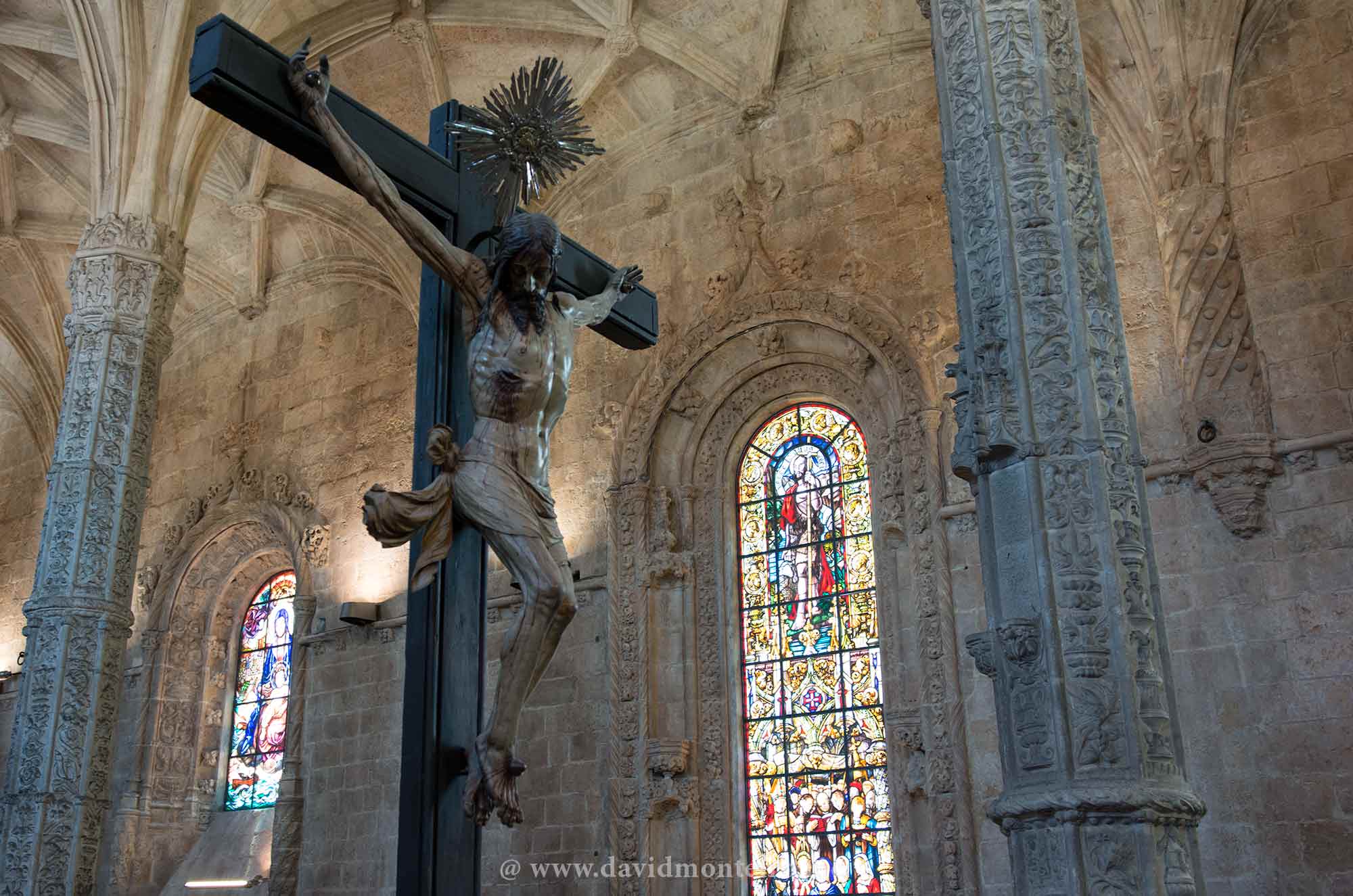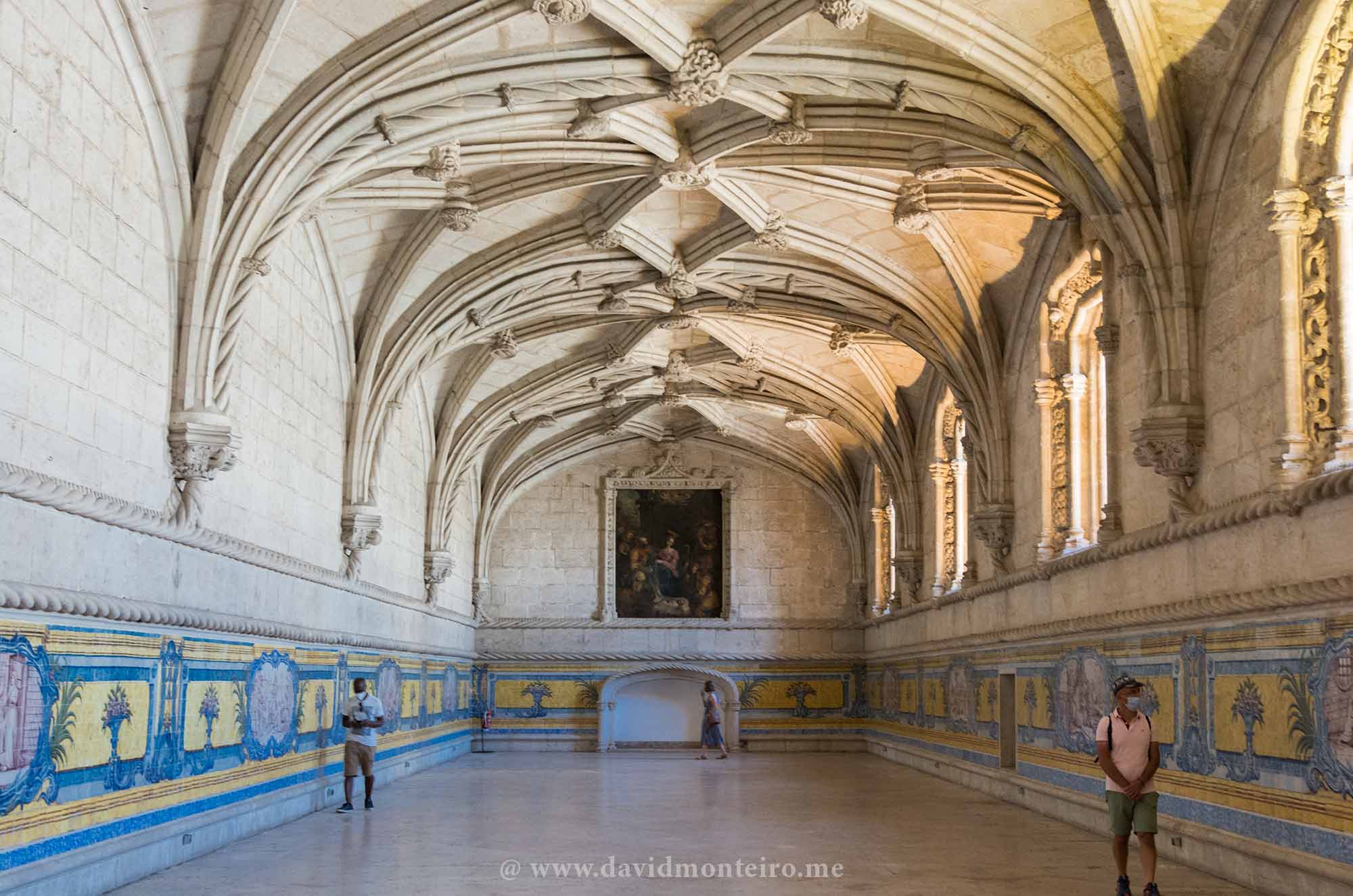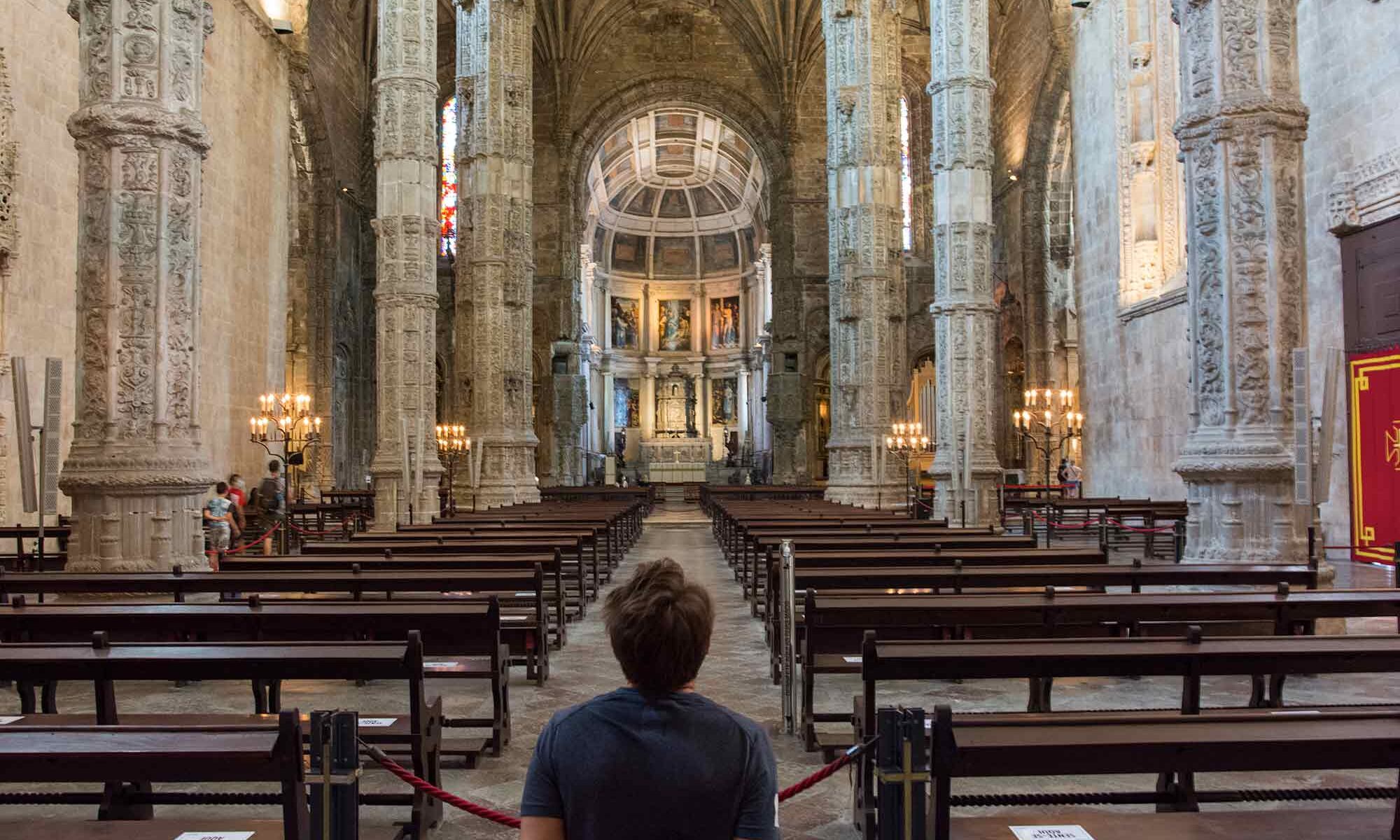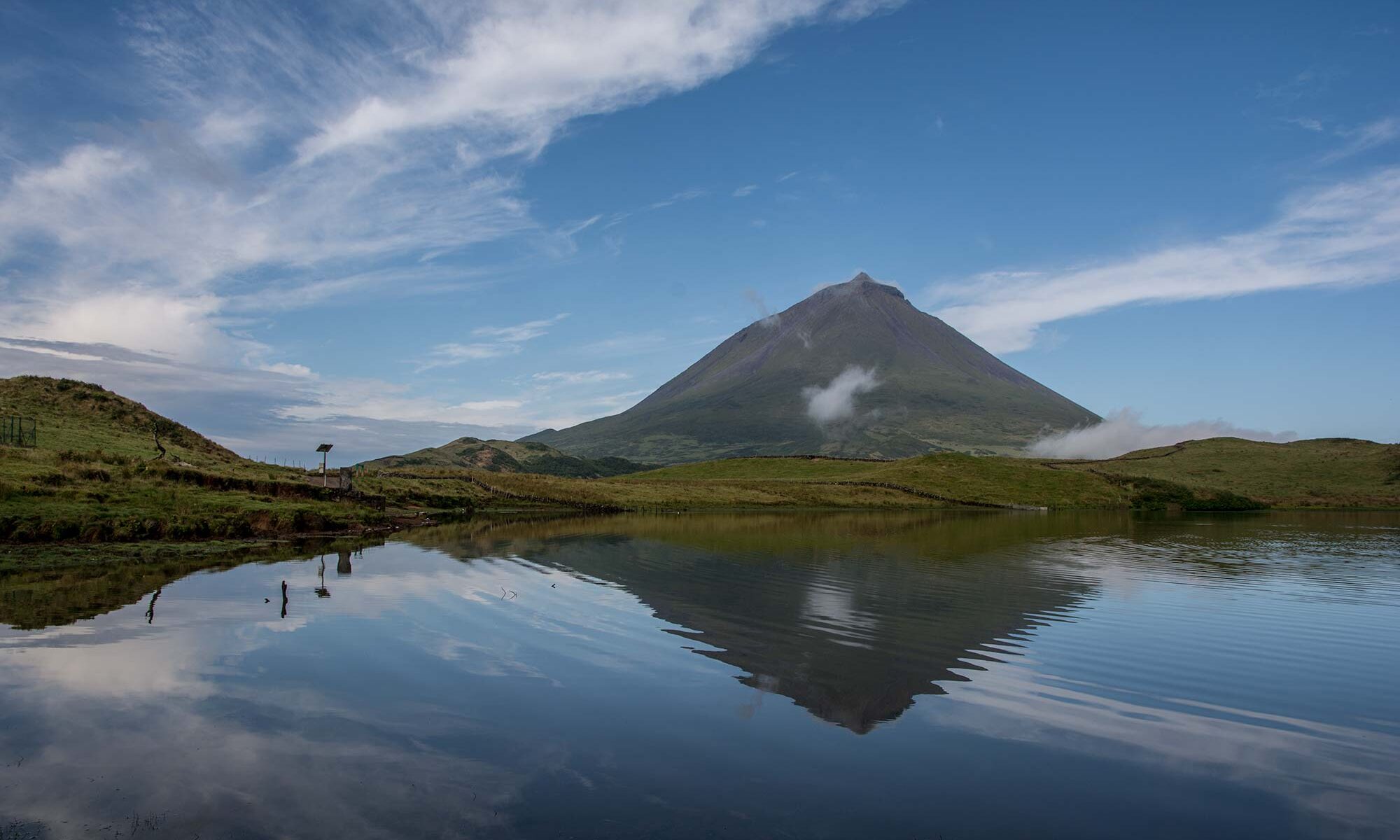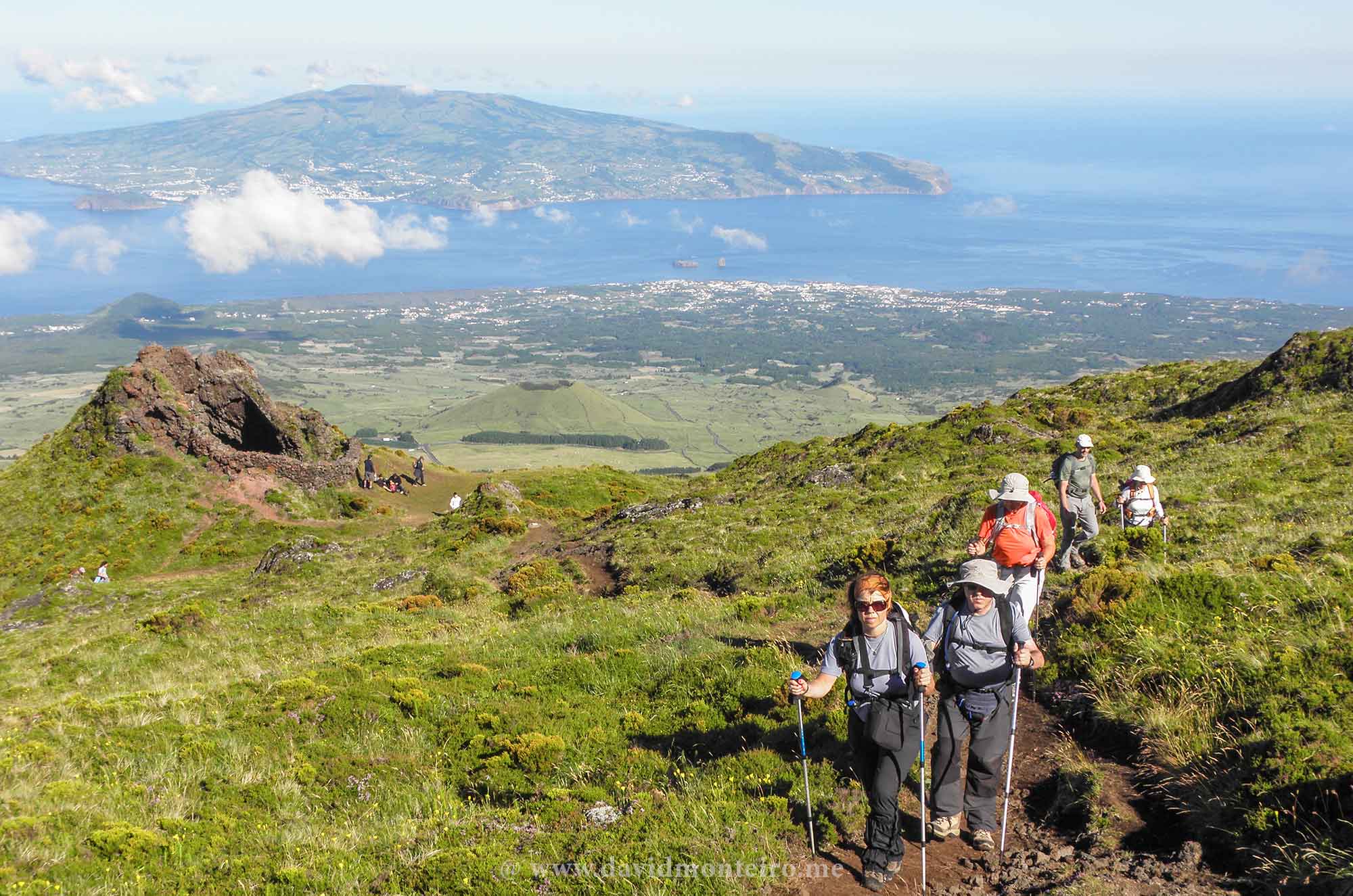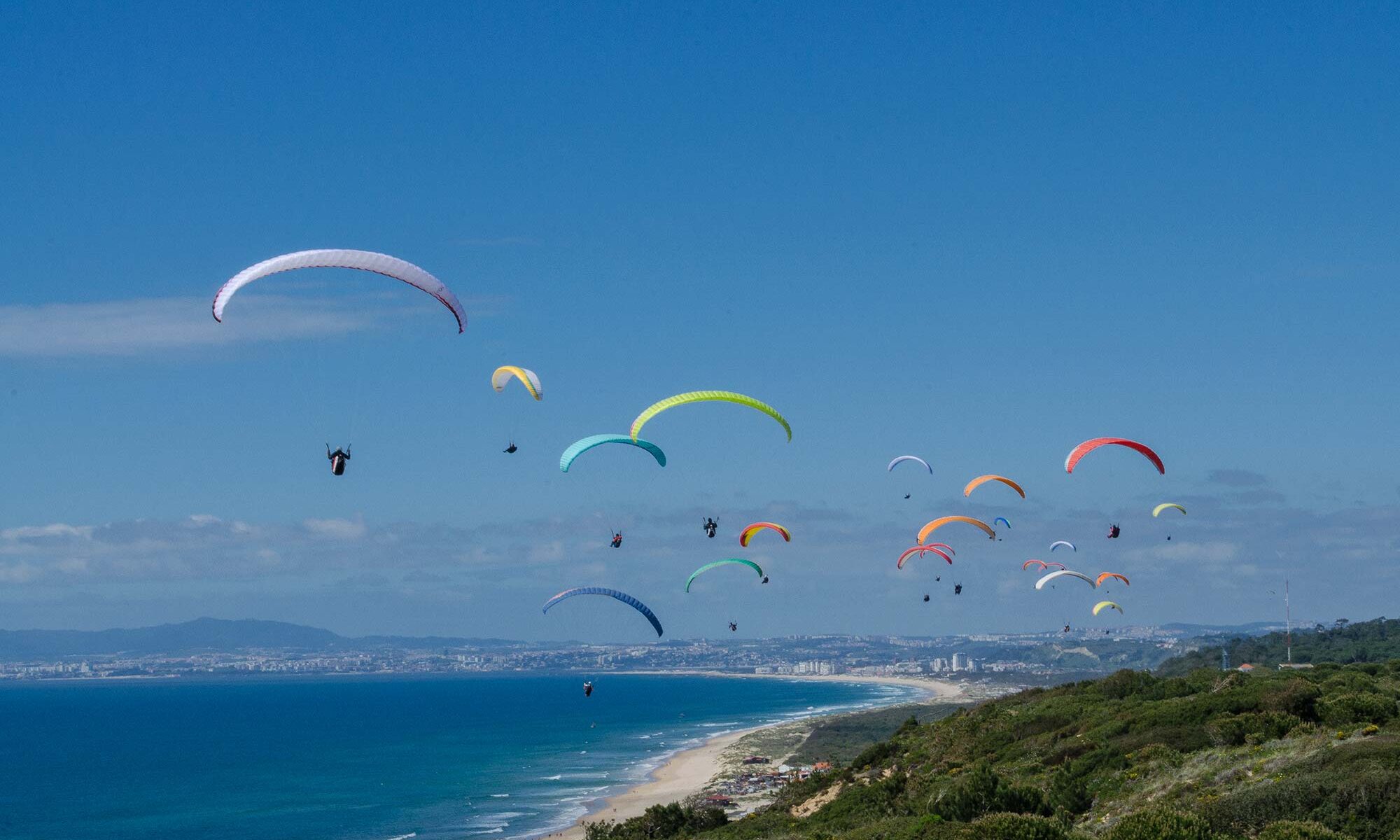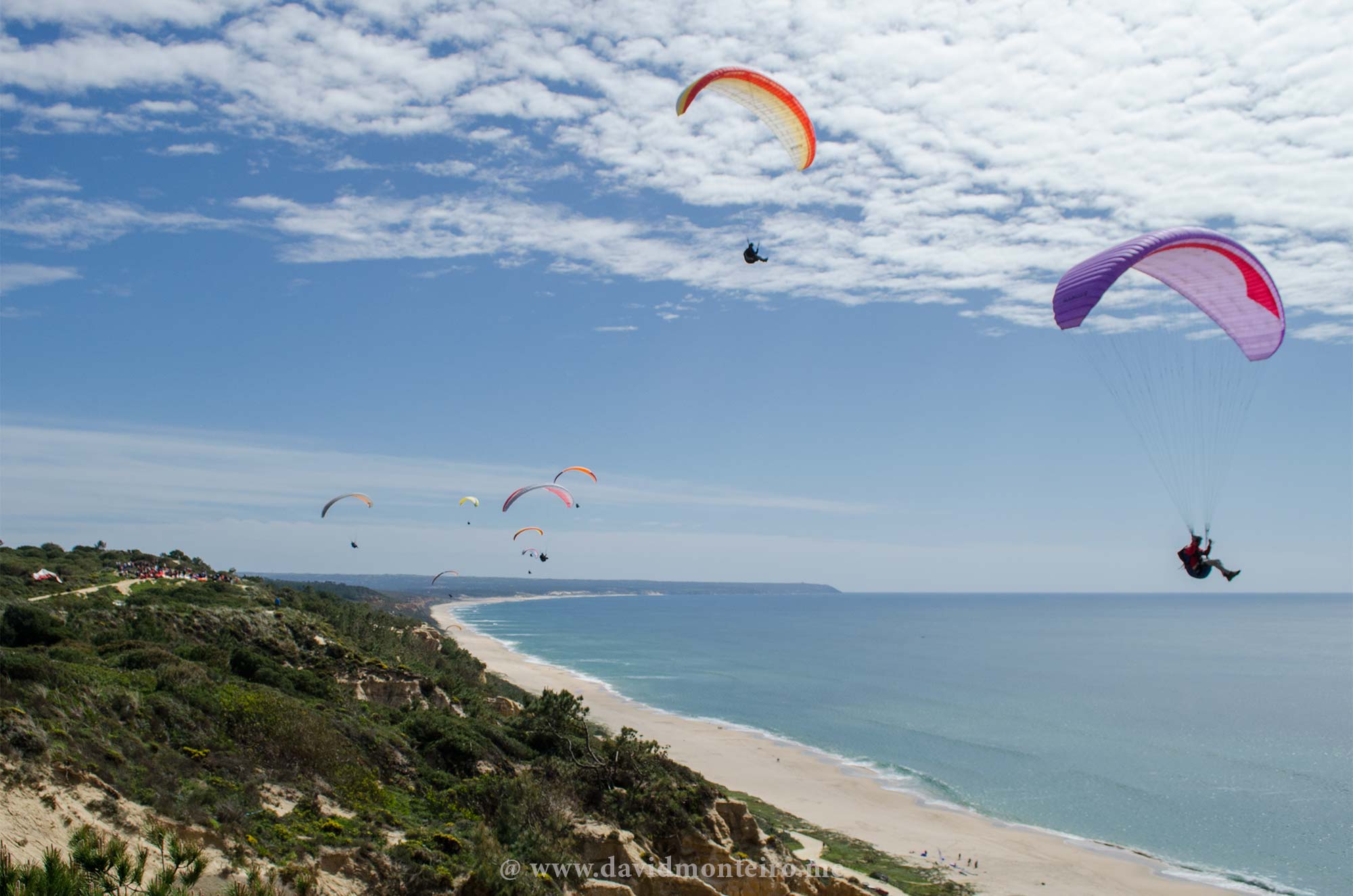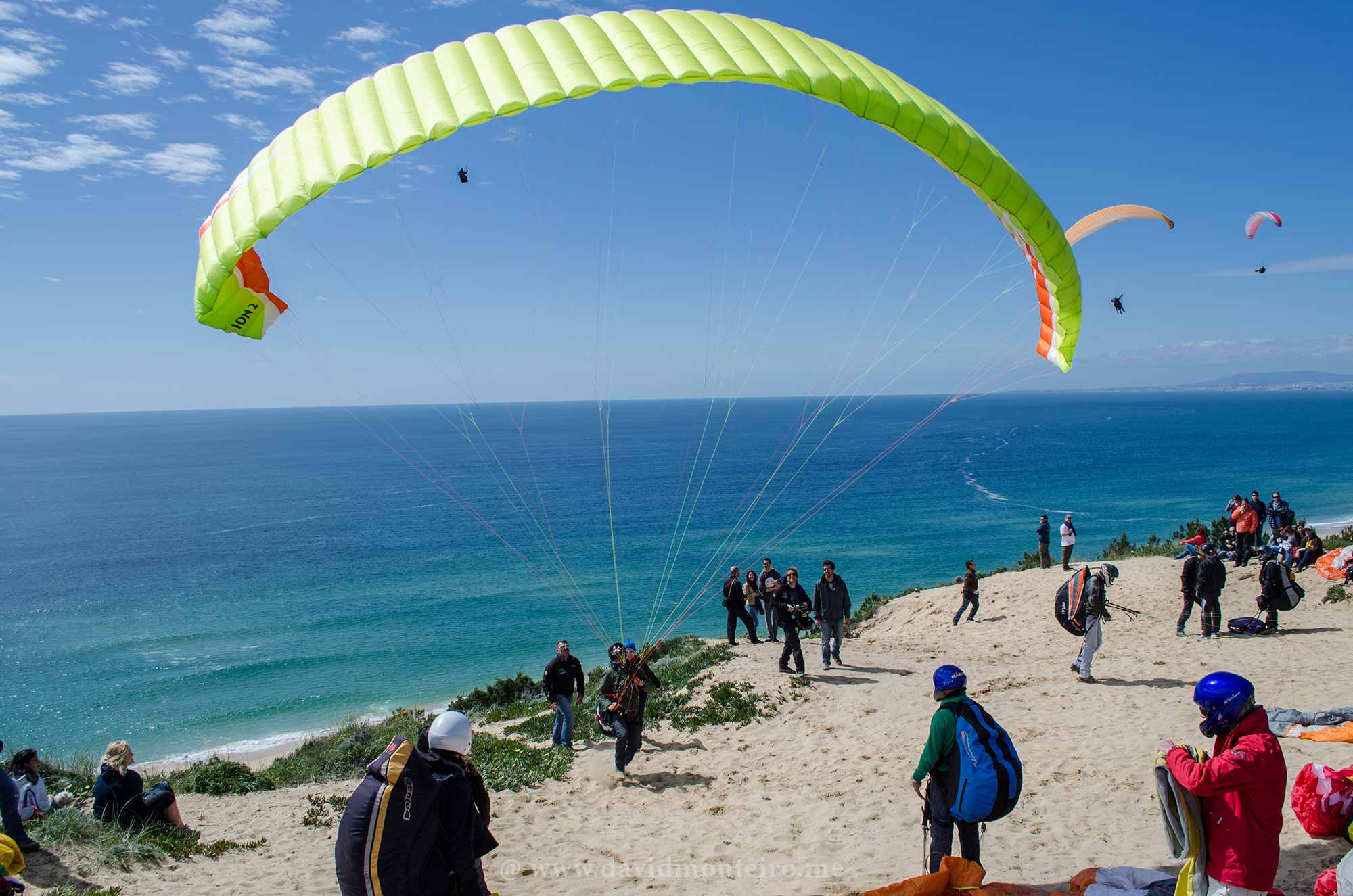Minas de São Domingos, something different, Portugal
Minas de São Domingos, situated in the south of Alentejo near Spain’s border, possibly stands in one of the country’s least densely populated regions.
It represents the kind of place I seek out whenever I travel.
Its intriguing history and distinctive landscape offer ideal conditions for enjoyable walks or bike rides, delightful cuisine, and remarkably favorable weather characterized by infrequent rainfall and frequent sunshine.
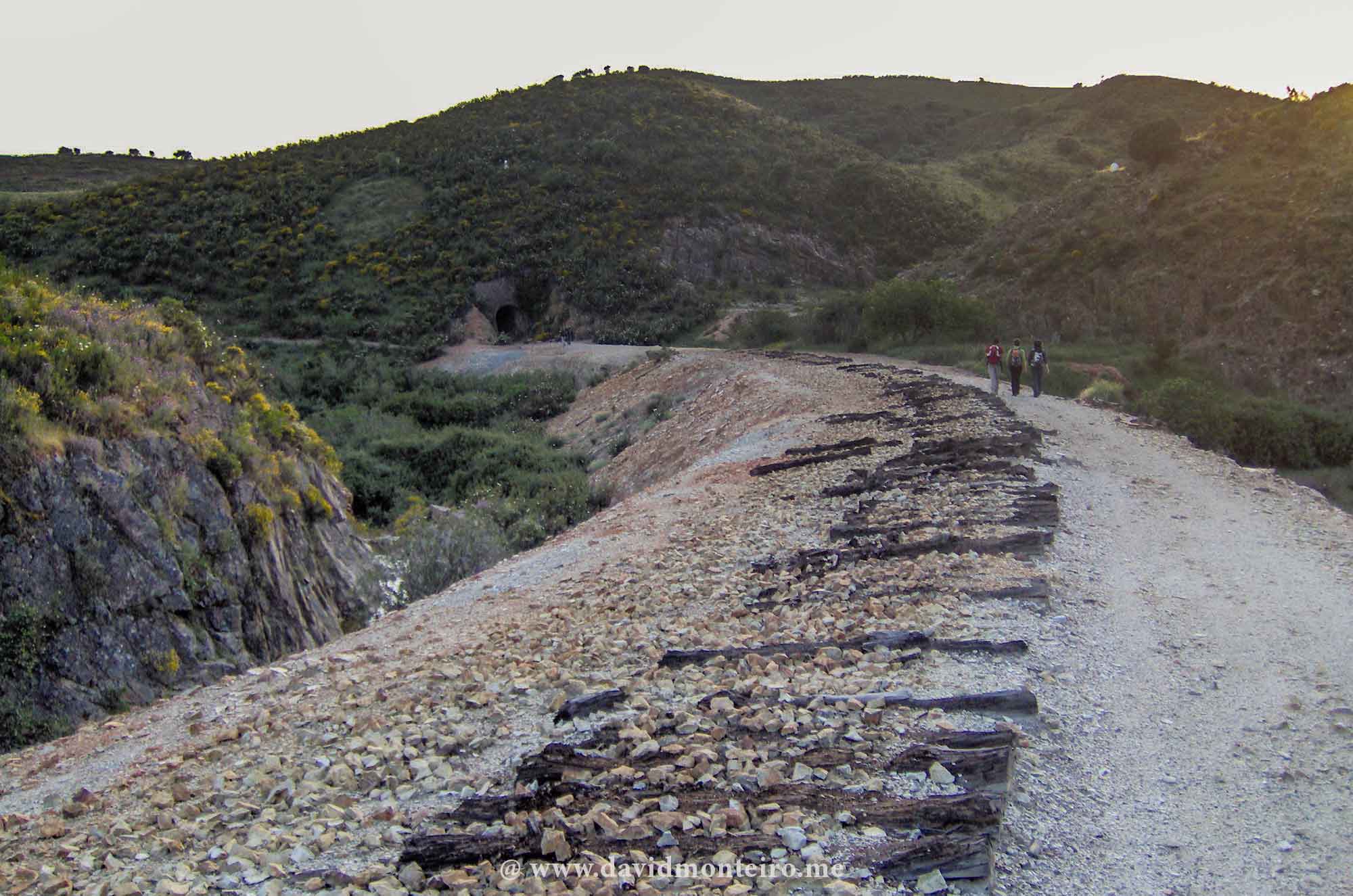
Exploring Minas de São Domingos: A Personal Journey
More than thirty years ago, I began visiting this village with a friend I met during compulsory military service.
His parents hail from the area, and I consistently received invitations to spend weekends or vacation days there.
Over the years, I’ve witnessed some changes, not all of which I approved of, but overall, the essence of the place has remained essentially unchanged—a unique and extraordinary destination.

Unraveling the History of Minas de São Domingos
Mining cupric pyrites, the source of copper, sulfur, and other elements, intricately weaves the village’s history.
Dating back to the Roman occupation (14 BC–395 AD), mining thrived.
In 1854, a Spanish mining engineer discovered promising ore, establishing a Spanish company with Portuguese government approval.
Leased to Mason & Barry Ltd, an English company, mining commenced in 1859, leaving enduring infrastructure like dams, railways, and worker housing.
Despite prosperity, mining ceased in 1965, culminating in Mason & Barry’s bankruptcy in 1968.
While this summary only scratches the surface, it highlights the village’s rich past.
Though mining is a primary allure, the village offers many other attractions.
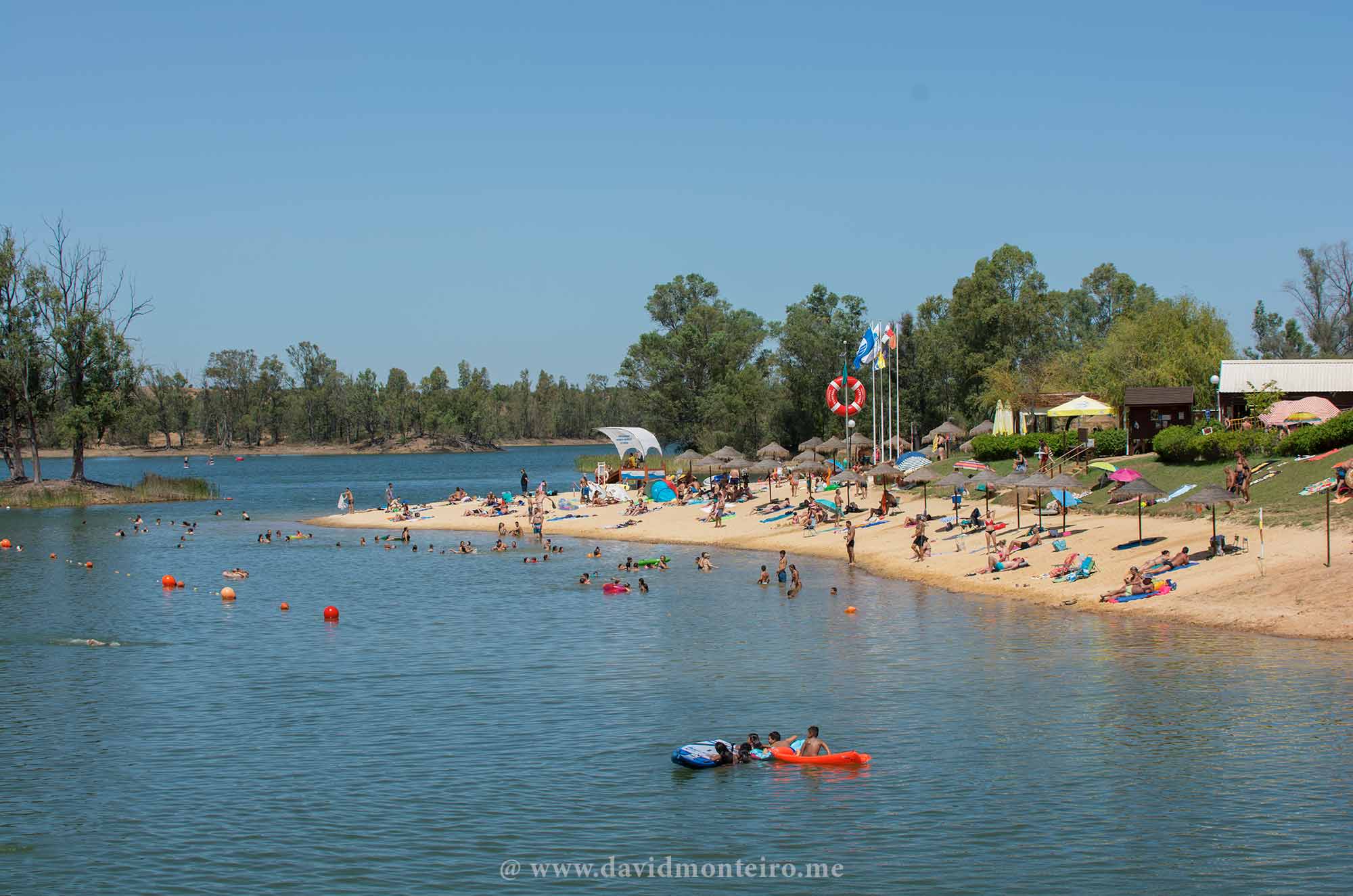
River Beach of Minas de São Domingos
Many years ago, the River Beach of Minas de São Domingos, once known simply as “a Tapada,” became a popular destination, drawing numerous bathers when the summer heat sets in.
Unlike typical cold river beaches, this one boasts warm waters heated by the region’s frequent high air temperatures.
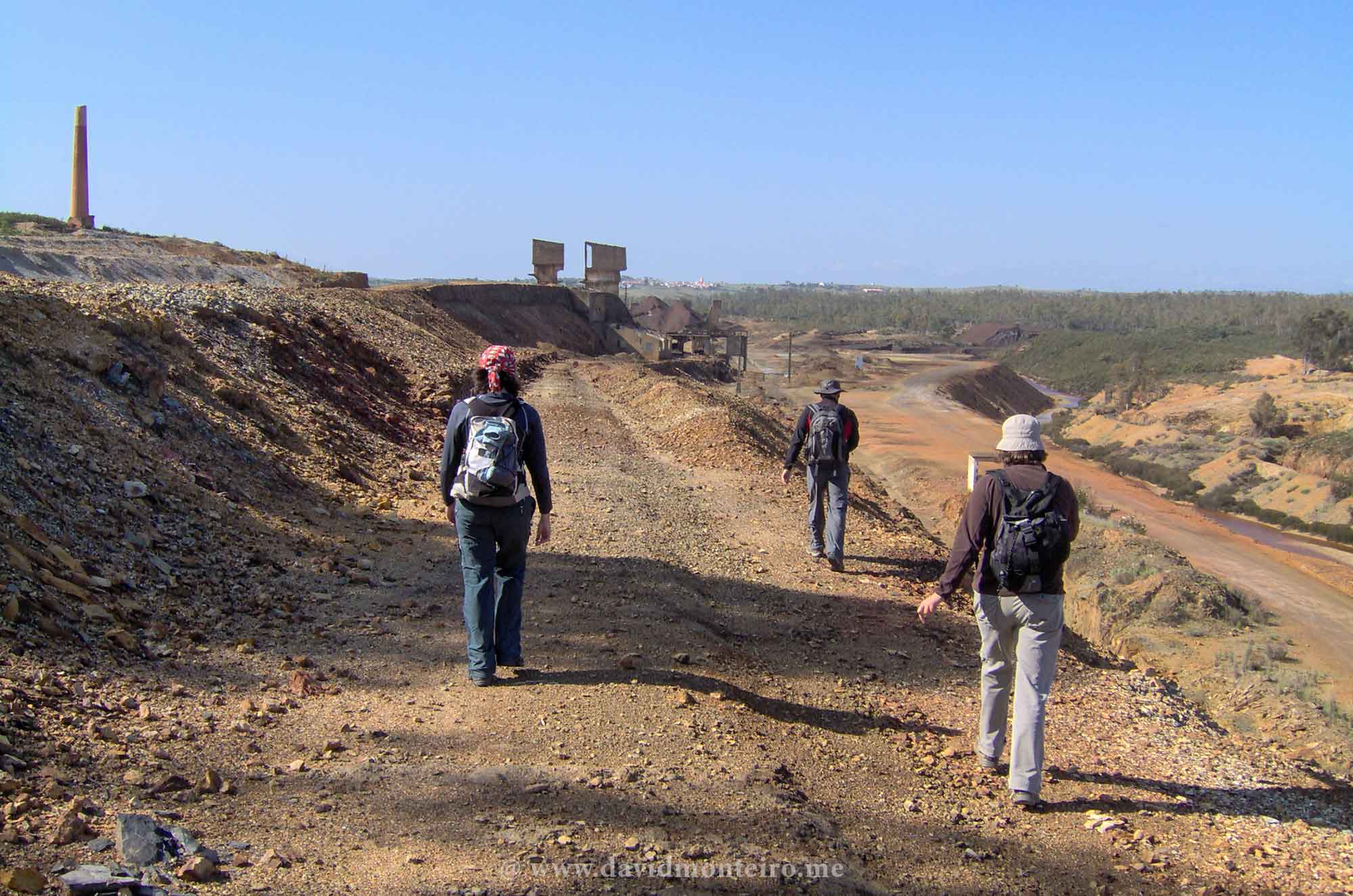
Active tourism options
For enthusiasts of active tourism, an enticing highlight awaits: the walk linking this village to Pomarão, tracing the path of the old train line.
Stay tuned for a forthcoming detailed article offering insights into this captivating excursion.
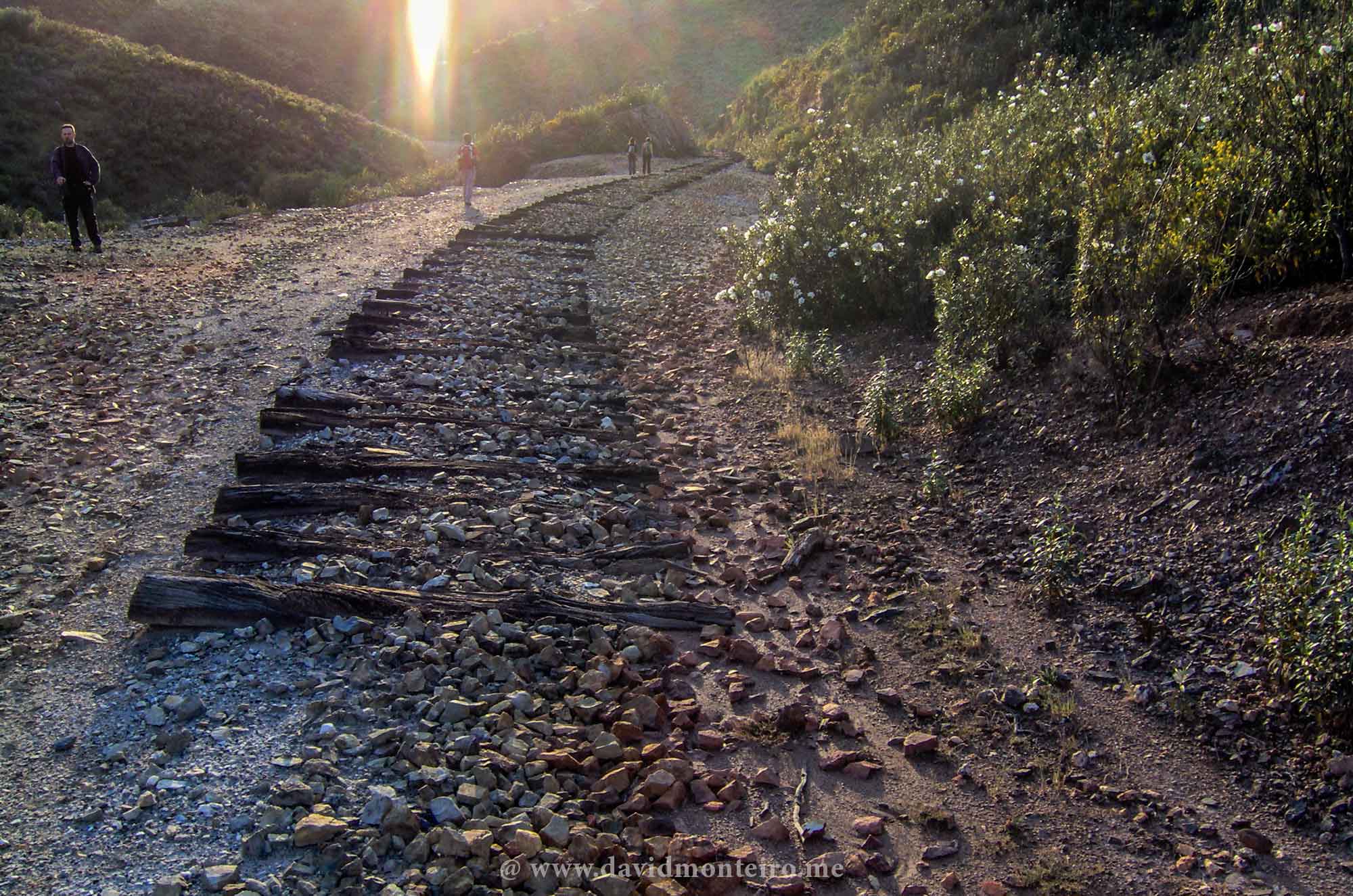
Peculiar landscape and peace of mind
Although the specific article on the hike provides more detailed information, I can attest that the landscape differs from the ordinary.
This is due to the presence of ruins from old mine structures and the vivid colors of the terrain encountered along the way.
Additionally, one of the place’s main attractions, which cannot be visually observed, is its tranquil atmosphere—a serene ambiance that envelops visitors and leaves a lasting impression.
More than the eyes can see
The village’s slow pace of life, too vast to detail here, is unparalleled elsewhere. The contagious disregard for time imbues us with a profound sense of peace.
If you’re interested in experiencing this adventure or any other from my repertoire, feel free to contact me via my travel agency, Iberactive
I hope you like it.
David Monteiro

